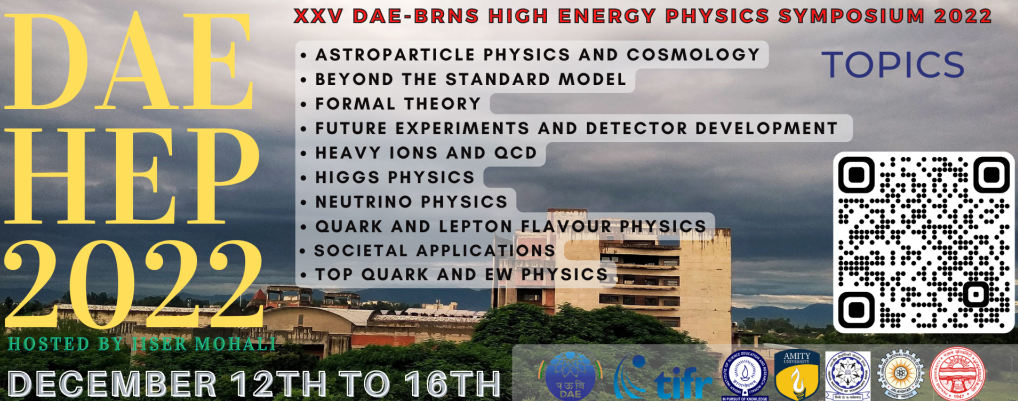Speaker
Description
The proposed magnetized iron calorimeter (ICAL) by the INO collaboration is a 51 kTon detector made up of 151 layers of 56 mm thick iron having an air gap of 40 mm in between each iron layer where Resistive Plate Chambers (RPCs), active detectors providing position and timing information, will be placed. ICAL is designed to detect muons generated by the charge current interaction of the atmospheric $\nu_{\mu}$ and $\bar{\nu}_{\mu}$ with iron. ICAL is designed to provide magnetic field $\sim$ 1.5 T with more than 90$\%$ of its volume having more than 1 T magnetic field. Magnetic field is one of the critical component of the ICAL, since it makes it capable of identifying the electric charge of a muon, for example, and also helps in momentum reconstruction of tracked muons. Since the goal of the ICAL is to make precision measurements of the neutrino oscillation parameters, an accurate estimate of the magnetic field in the iron is very important. However, the magnetic field in ICAL will be estimated from measurements using Hall sensors or search coils and this can introduce errors in the reconstructed muon momentum which affect the physics analysis of data. A study of how the error in measurement of magnetic field will further propagate in the reconstruction of momentum and other aspects of physics analysis will be presented. This study is done using GEANT4 based simulations for ICAL detector.
| Session | Neutrino Physics |
|---|
